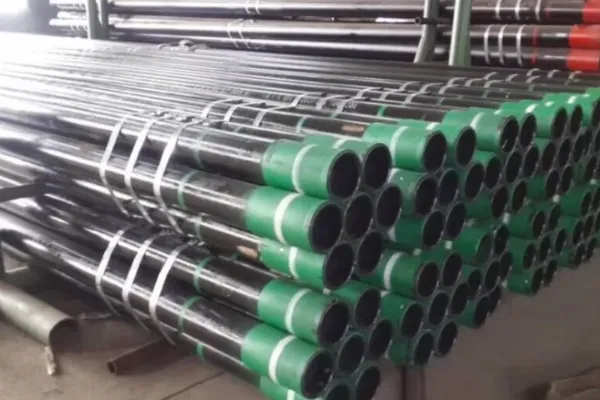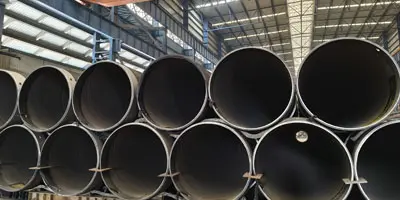Choosing the right well pipe casing is crucial for ensuring the longevity and performance of a well. Among the various materials available, stainless steel and carbon steel are two of the most commonly used options. Both materials offer unique advantages and are suited for different environments, but which one is the best for your application?
The raw materials of waterproof well pipe casing can also be made of stainless steel 304 or 316. Analysis of common materials of waterproof well pipe casing: Under normal circumstances, the raw materials used in product manufacturing are all Q235 carbon steel, which is the most common raw material. Customers who have a little knowledge of materials are familiar with it, and the difference between carbon steel and cast iron can be roughly seen from the appearance. Therefore, when we buy waterproof well pipe casing, we must not take it lightly and choose it at will. The two most commonly used materials are stainless steel and carbon steel. What is the difference between stainless steel and carbon steel for waterproof well pipe casing? The following editor will share with you the difference between stainless steel and carbon steel for waterproof well pipe casing!
A well pipe casing is a protective pipe inserted into a drilled well to prevent collapse, maintain structural integrity, and protect groundwater from contamination. The casing is particularly important in water wells and oil and gas wells, where durability and corrosion resistance are essential.

The difference between stainless steel and carbon steel waterproof well pipe casing
1. Corrosion resistance
The carbon elements of stainless steel and carbon steel are different: In order to maintain the performance of corrosion resistance, the carbon content of stainless steel itself is relatively low, and the maximum carbon content will not exceed 1.2%. Carbon steel uses mechanical properties to determine the carbon content in steel. Under normal circumstances, steel casting manufacturers will not add a large amount of other elements to steel, and the carbon content in carbon steel is also less than 2%. The corrosion resistance of stainless steel and carbon steel is also different: because carbon steel contains fewer alloy elements, its corrosion resistance will be much weaker, while stainless steel contains more chromium and nickel metals. Therefore, it has stronger corrosion resistance.
2. Economic performance
In layman's terms, carbon steel does not have alloy elements added to it, while stainless steel is a steel with a high alloy content added to prevent rust. Stainless steel is much more expensive than carbon steel. The two types of steel have different uses and cannot be compared. Carbon steel is usually stronger than stainless steel, but it is easy to rust.
3. Service life
Carbon steel and stainless steel have the same basic components of iron and carbon. Their main difference lies in the alloy content. The alloy content of carbon steel is less than 10.5%, while the chromium content of stainless steel must be greater than or equal to 10.5%. This essential difference is what gives carbon steel and stainless steel unique physical properties.
Carbon steel: easy to rust, brittle, wear-resistant, and stronger for fixed structural parts.
Stainless steel: rust-proof, not so brittle, and poor wear resistance. It is stronger for equipment used for frequent activities.
Applications and Suitability for Waterproof Well Pipe Casings
|
Material
|
Best Use
|
Suitability for Waterproof Well Pipe Casing
|
|
304 Stainless Steel
|
General well casings, shallow wells, moderate corrosive environments
|
Good corrosion resistance, low maintenance
|
|
316 Stainless Steel
|
Deep wells, highly corrosive environments (saltwater, chemicals)
|
Excellent corrosion resistance, ideal for aggressive environments
|
|
Carbon Steel
|
Budget-sensitive projects, non-moving parts
|
Needs coating for corrosion resistance, cost-effective
|
What is the difference between stainless steel and mild steel?
Compared with mild steel, stainless steel has greater hardness and lower plasticity.
Mild steel is less brittle than stainless steel.
Stainless steel has stronger corrosion resistance.
Mild steel can be made stronger by adding carbon.
The fundamental difference between them is that stainless steel has a very low carbon content, and after alloying with elements such as chromium, nickel, and molybdenum, its mechanical and chemical properties can be improved.






 English
English Español
Español بالعربية
بالعربية











 Phone :
Phone :  Whatsapp :
Whatsapp :  Email :
Email : 


